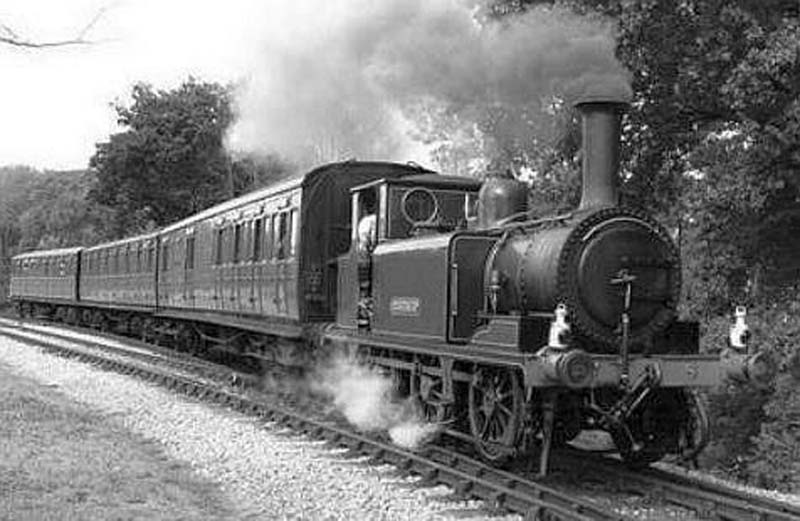
The year was 1843; a regular field day for Mr. George Clark, the chief engineer of the Bombay government. On a visit to Bhandup, he was struck with the idea of constructing a railway line to connect Bombay with Thane, Kalyan and the Thal and Bhore Ghats. Consequently, on 16th April,1853 the first passenger train on the Indian subcontinent was flagged off from Bori Bunder carrying 400 guests amidst loud applause and a salute of 21 guns. The inauguration of this railway connection along with the opening of the subsequent lines in the eastern and the southern zones left an indelible mark in the history of India. The railways went on to become deeply connected with the nation’s image. Nowhere in the world can you see railways playing such a fundamental role as in India. The India we see today owes its transformation to its railways. Almost everyone would agree these innovations were etched in the minds of every Indian at that time.
In the mid-nineteenth century the demand to build railways in India came from London. This was around the time when Britain’s own system of railways was still, at a stage of infancy. Then what propelled the British to experiment with this nascent idea of building railways in a country that was far removed from their perception of a civilized world? Was it need, greed or a strategy to tighten their precarious political predicament over this diverse country? It’s a popular belief that the trains, were one among the many lasting gifts, the British had left behind after their years of loot, plunder, oppression and torture. But one should know it was never introduced to serve the needs of the local people in the first place. However dismaying and disappointing it may sound, that’s the truth of this ‘lasting gift’. An article in The Guardian by Shashi Tharoor states “The railways were conceived by the East India Company for their own benefit. In 1848 Governor General Lord Hardinge argued the railways would prove beneficial to the commerce, government and control of the country”. The fact that it proved to be instrumental in bringing Indians together and boosting their business was completely incidental.
Initially the Indians were skeptical and apprehensive. The wary Indians looked at the trains with fear and awe at the same time. It carried monikers like “Shaitan” (Devil) and “Aggadi” ( carrier of fire). But one ride and all their fears were laid to rest. Neither the British nor the Indians ever thought they would take to trains just the way a fish would take to water. It was both physical and emotional. People poured out in large numbers to experience the services offered by these moving iron masses. Although, the access for the Indians, was limited to the third-class compartments only, yet it proved to be a blessing in disguise. A sense of nationhood, disappearance of barriers and a newer kind of nationalism is what emerged from these experiences.
Train travels brought common people from far off places together. In his book “The Purveyors of Destiny; A Cultural Biography of the Indian Railways”, Arup K Chatterjee says during the decade of 1875-86 railway stations in Bengal turned into new spaces for fostering academic culture or a space for adda for the Bengali Bhadraloks. He recounts bengali essayist, Akshoychandra Sarkar’s, time spent with Bankim Chandra Chatterjee discussing the genre of ‘mysteries’. Apart from this, people from different regions also met at their work places opening new channels of communication. Thus, regional barriers disappeared, fostering camaraderie, and cementing relationships. For the first time these train journeys helped ‘Indians’ realize that everyone shared the same dreams and aspirations irrespective of the caste and region they belonged to. They could now talk and understand the enormity of the loot that the British had brought about throughout the country. No area was an exception. Somewhere along the line, the idea of one nation started taking shape. The railways also served as a catalyst in bringing down caste barriers. It left no scope for caste distinction. All castes mixed together inside the railway carriages for there were no compartments reserved exclusively for Indians based on their caste hierarchy .
Rev. C.B. Leupolt in the Recollections of an Indian Missionary (1878) cites a conversation between him and an intelligent native Indian- a brahmin by caste. According to this Brahmin, “With the advent of railways, caste distinction was no longer adhered to. They no longer have a religious caste or creed that keeps them together”. The Brahmin goes on to say “Now we buy whatever food is available on the platforms without stopping to check the caste of the seller”. Here, in this dialogue one can see caste no longer was crucial, gradually losing its precedence.
Trains helped people do what they could never think of- travel to distant places, be it for commercial, religious or visiting purposes. The burgeoning class looked at this Marvel on Wheels as an instrument of freedom from the yoke of religion that forbade them from crossing borders or travelling to distant places. So, the sessions of chai-samosas, shared with people from different backgrounds, during those long hauls, played its part in uniting the country.
Again author Arup Chatterjee further elaborates on how the Indian National Congress used railways as the umbrella to connect the Indian intelligentsia and the ascendant professional class of this subcontinent. According to him, by 1920’s and 1930’s railway platforms became witnesses to moderate activism. These places transformed into sites of mass nationalism, becoming synonymous with peaceful protest meetings and fund gatherings. The attendees of these gatherings would donate their meagre savings as their contribution for Congress’ cause. An astounding example, as reported by Gandhiji, is of Seth Raymal from Kutch who organized a railway fundraising campaign. He collected Rs2000 from Kurudwadi a mere railway junction with a population of 2000. The railway stations also became integral in awakening the political consciousness of the ordinary people which was much needed to facilitate the ideas of Swaraj and Satyagraha movements.
The railways thus shared a symbiotic relationship with its people. This relationship became one of the driving forces which shaped the cultural biography of this country. Railways provided the forum apt for expressing dissent, disillusionment, oppression and set itself as a converging point for all Gandhians. Above all it became the unifying factor of the diverse social fabric of India. Even today trains and people are an inseparable alliance.

Bincy Thomas
Bincy was a teacher by profession but now, is a history buff by choice. Being a fitness enthusiast with a keen interest for trekking, she combines this interest with history and sets out exploring lost and forgotten monuments, to gather new insights and information. When she’s not trekking, yoga, meditation and reading takes away her time.

